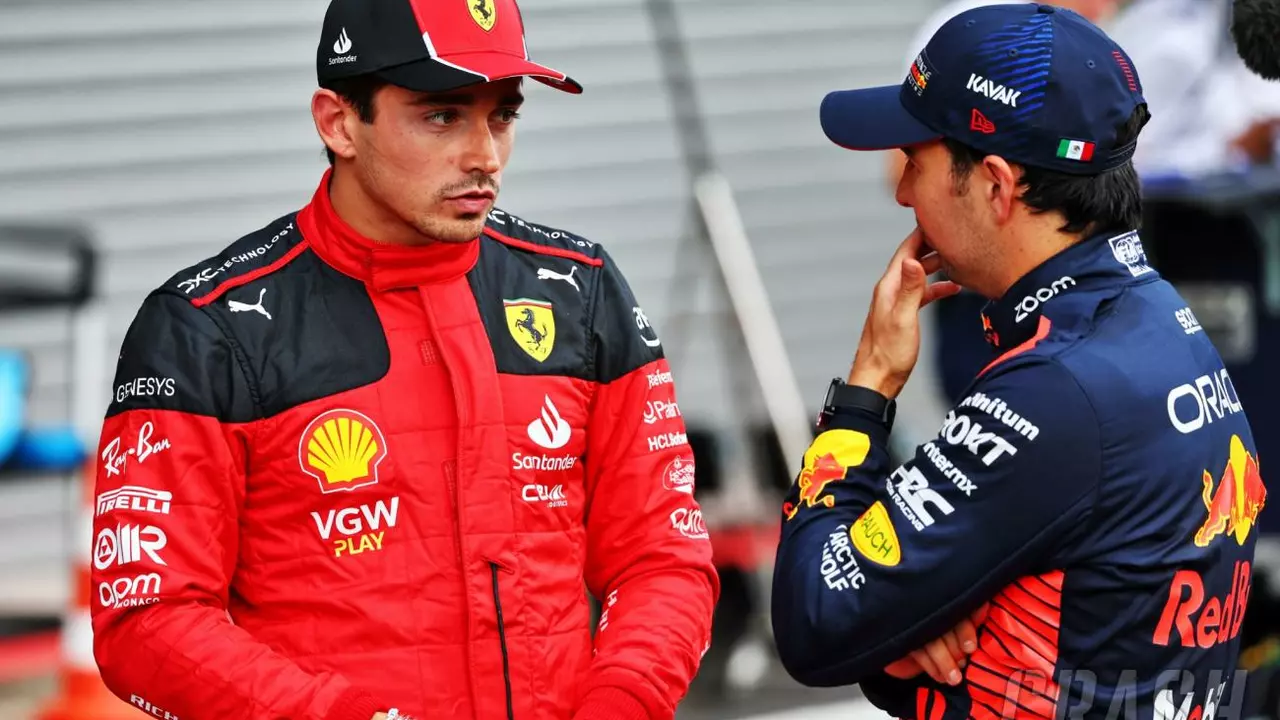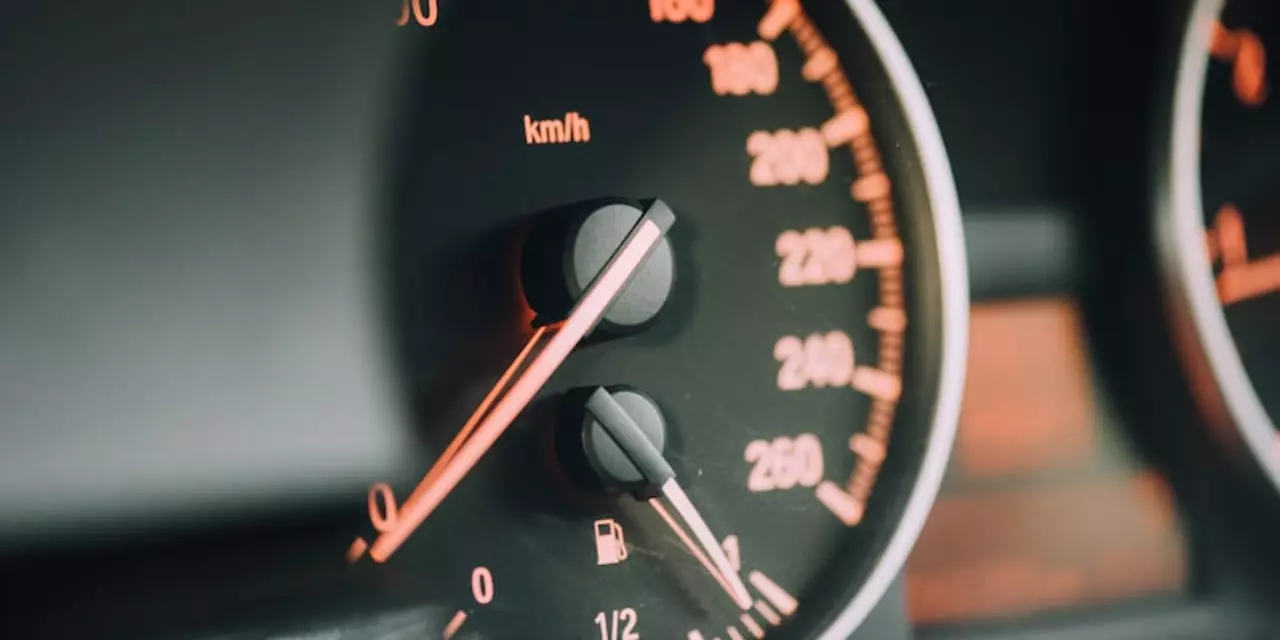Racing – News, Stories, Gear and Career Tips
Welcome to the Racing tag on Lycon Motorsports Hub. Here you’ll find everything a motor‑fan needs – from what it feels like behind the wheel to the best suit for a long ride, plus advice on turning a hobby into a career.
What It’s Like to Be a Race Car Driver
If you’ve ever imagined racing, the reality is a mix of focus, speed and pure adrenaline. One of our posts breaks down the daily grind: the g‑forces hug your body, the split‑second decisions, and the constant need to stay sharp. It’s not just a video game; it’s a physical and mental marathon that most people only glimpse in a museum.
Drivers say the biggest challenge is keeping calm when the car screams at 200 mph. The mental side can feel like solving a puzzle while the world whizzes past. That’s why many start with karting – it teaches control before you graduate to bigger machines.
Gear, Suits and Safety
Choosing a comfortable racing suit can make a huge difference on the track. Look for stretch panels in the shoulders and knees, good ventilation, and padding that doesn’t restrict movement. One of our articles tested several suits and found that flexibility wins over heavy armor when you need to move fast.
Safety gear isn’t optional. A solid helmet, leather armor and an airbag suit can turn a bad crash into a survivable slip. The best suits also let sweat escape, so you stay cool and focused for those long laps.
For motorcycle racers, the risk level spikes, but proper gear keeps the danger manageable. Helmets and leathers absorb impact, while track officials enforce rules that protect riders.
Beyond gear, we cover why Formula One hasn’t taken off in India. High costs, cricket’s dominance and limited track exposure keep F1 at the fringe. Understanding these hurdles helps fans see the bigger picture of global racing culture.
If you’re thinking about a racing career, start small. Get a karting license, join a local club, and build a network. Physical fitness matters – cardio and strength training keep you ready for the strain of high‑speed turns.
After karting, the next step could be Formula 4, rally, or touring cars. Each path needs specific training and sponsorship. Our guide on “Next steps after karting” walks you through the options and how to secure funding.
Whether you’re reading for fun or planning your own track day, the Racing tag gives you real stories, practical gear tips and clear steps to chase a motorsport dream. Dive in, learn something new, and maybe you’ll be the next name on the start grid.
Why is it called pole position in racing?
Well, folks, let's dive into this racing jargon! "Pole position" - sounds fancy, right? It's actually pretty simple! The term originates from horse racing, where the fastest steed was given the 'pole' position, right next to the inside rail. In car racing, it's similar - the speediest hot rod in qualifying rounds nabs the 'pole position', the prime spot on the grid. So, if you hear "pole position," think "speedy Gonzalez on wheels!"
Why do racing cars rarely get accidents despite the high speed?
Racing cars are designed to be extremely lightweight and aerodynamic, allowing them to reach high speeds without compromising on safety. Despite this, they rarely get into accidents due to a combination of driver skill, advanced safety technologies, and strict rules and regulations. Drivers must be highly trained and experienced in order to compete in a race, as well as follow strict safety protocols. Additionally, racing cars are equipped with a variety of safety features such as roll cages, fire-resistant suits, and helmets. Finally, race organizers enforce strict rules and regulations in order to ensure the safety of drivers, spectators, and others involved.




